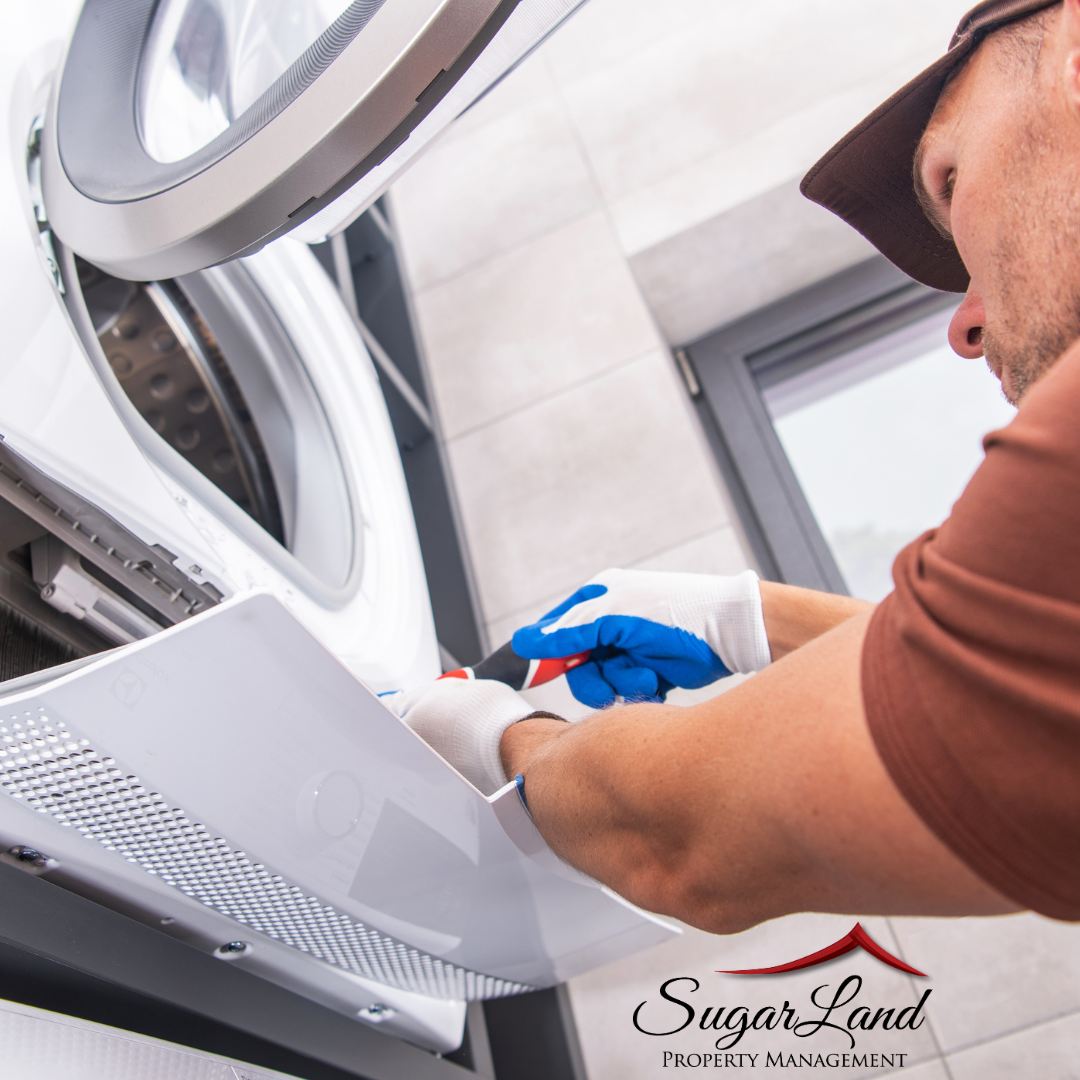
The Invisible Toll: Exploring Wear and Tear on Rental Properties
As a landlord, one of the greatest challenges you face is maintaining the condition of your rental property. While wear and tear are inevitable in any living space, tenants can unknowingly contribute to the gradual deterioration of your property through their everyday activities. From scuff marks on walls to worn-out carpets, the wear and tear caused by tenants can add up over time, potentially leading to costly repairs and renovations. In this blog post, we'll delve into the various ways tenants can inadvertently impact the condition of a rental home and discuss strategies for mitigating these effects.
Foot Traffic and Flooring: One of the most noticeable forms of wear and tear in rental properties is the deterioration of flooring. Constant foot traffic can lead to worn-out carpets, scratches on hardwood floors, and stains that are challenging to remove. Additionally, moving furniture or heavy objects can cause dents and indentations in flooring materials. Regular cleaning and maintenance, such as professional carpet cleaning and applying protective coatings to hardwood floors, can help prolong the lifespan of your flooring.
Wall Damage: Tenants often hang pictures, shelves, and other decorations on walls using nails, screws, or adhesive hooks. While these additions may seem harmless, they can leave behind holes, marks, and residue when removed. Repainting walls between tenancies or providing tenants with alternative methods for hanging decorations, such as removable adhesive strips, can help minimize wall damage.
Appliances and Fixtures: Everyday use of appliances such as refrigerators, stoves, dishwashers, and washing machines can lead to wear and tear over time. Loose handles, malfunctioning knobs, and worn-out seals are common issues that landlords may encounter. Performing regular inspections and addressing maintenance issues promptly can prevent minor problems from escalating into major repairs.
Bathroom Wear: The bathroom is another area prone to wear and tear in rental properties. Water damage, mold, and mildew can develop if proper ventilation is lacking. Grout and caulk may deteriorate over time, leading to leaks and water infiltration. Encouraging tenants to report any plumbing issues promptly and conducting routine inspections can help prevent costly water damage repairs.
Outdoor Spaces: If your rental property includes outdoor areas such as a yard, patio, or balcony, these spaces are also susceptible to wear and tear. Weather exposure, foot traffic, and neglect can result in overgrown vegetation, damaged fencing, and worn-out outdoor furniture. Regular landscaping maintenance and periodic inspections of outdoor areas can help preserve their appearance and functionality.
While wear and tear are unavoidable aspects of renting out a property, landlords can take proactive steps to minimize their impact. Establishing clear guidelines regarding property maintenance and conducting regular inspections can help identify issues early on and address them before they escalate. Additionally, maintaining open communication with tenants and providing them with resources and guidance on proper care and upkeep can foster a sense of responsibility and accountability.
In conclusion, while tenants may unintentionally contribute to the wear and tear of a rental property through their everyday activities, landlords can take proactive measures to mitigate these effects. By prioritizing regular maintenance, communication, and inspection, landlords can ensure that their investment properties remain in good condition and continue to attract desirable tenants for years to come.





